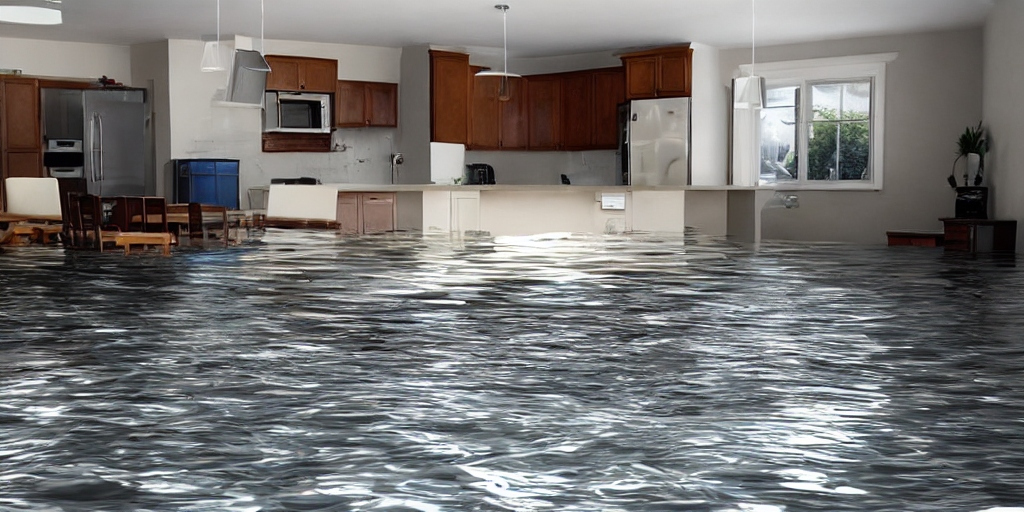Introduction
When disaster strikes and your home falls victim to water damage, swift and decisive action is crucial. Emergency water damage can wreak havoc on your property, leading to extensive repair costs and potential health hazards. In this comprehensive guide, we’ll address key questions surrounding emergency water damage, providing valuable insights on how to recognize its severity, immediate actions to take, and effective strategies for cleanup and restoration.
How do you know if water damage is serious?
Recognizing the severity of water damage is paramount in initiating a timely response. Signs of emergency water damage can vary, encompassing visible damage to structures, mold growth, and the distinct smell of dampness. Stains on walls or ceilings, warped flooring, and peeling paint are red flags that should not be ignored. Should you observe these indicators, it’s crucial to seek professional help immediately to assess and address the extent of the damage.
Also Read: The Essential Guide to Flood Water Removal Services
Is water damage immediate?
Emergency water damage can indeed be immediate, especially in the case of sudden events such as burst pipes, flooding, or storm damage. However, some types of water damage may not be immediately apparent, developing gradually over time. Leaking roofs or slow pipe leaks can lead to hidden damage within walls and under flooring. Regular inspections and vigilance can help identify potential issues before they escalate into emergencies.
When should I worry about water damage?
Concerns about water damage should arise as soon as any signs of its presence become apparent. Ignoring the early warnings can result in escalating damage and increased repair costs. If you notice dampness, discoloration, or any unusual odors, it’s time to worry and take action. Additionally, if you’ve experienced a recent flood, storm, or plumbing failure, treating it as an emergency water damage situation is crucial, even if visible damage seems minimal.
How do you deal with water damage in your home?

Effective management of emergency water damage involves a systematic approach to minimize further harm and expedite the restoration process. Here’s a step-by-step guide on dealing with water damage in your home:
- Assessment: Begin by assessing the extent of the damage. Identify the source of the water and categorize it based on its contamination level (clean, gray, or black water).
- Safety first: Prioritize safety. Turn off electrical power to affected areas, and if necessary, evacuate the premises if the damage is extensive.
- Call professionals: Contact a reputable 24-hour emergency water damage restoration service. Swift response from professionals equipped with the right tools and expertise is crucial in mitigating damage.
- Document the damage: Take photographs or videos of the affected areas before cleanup begins. This documentation can be valuable for insurance claims.
- Remove standing water: Extract standing water using pumps and vacuums. The faster water is removed, the lower the risk of secondary damage, such as mold growth.
- Dry and dehumidify: Use industrial-grade dehumidifiers and air movers to dry the affected areas thoroughly. This step is vital in preventing mold growth and structural damage.
- Sanitize and disinfect: Disinfect the affected surfaces to eliminate bacteria and prevent health hazards. This is particularly important if the water is contaminated.
- Repair and restore: Once the area is thoroughly dry and sanitized, commence repairs. This may involve replacing damaged materials, repairing structural issues, and restoring the affected space to its pre-damaged condition.
Integration
Throughout the article, we’ve covered the importance of addressing emergency water damage promptly. When faced with an emergency water damage situation, contacting a reliable 24-hour emergency water damage restoration service is crucial. These professionals have the expertise to assess and mitigate the damage, providing free consultations and cost estimates for the cleanup and restoration process.
When dealing with water damage cleanup, it’s essential to follow a restoration protocol that includes an initial assessment, safety measures, professional intervention, documentation, water extraction, drying, sanitization, and thorough repairs. Understanding the water damage restoration protocol is key to ensuring a comprehensive and effective recovery process.
Also Read: Understanding the Importance of Sewage Flood Cleanup
Conclusion
In conclusion, understanding the nuances of emergency water damage and taking immediate and informed action can make a significant difference in minimizing the impact on your home. Whether it’s a burst pipe, flooding, or any other water-related catastrophe, being prepared and knowing how to deal with emergency water damage is paramount for a swift and successful recovery.










